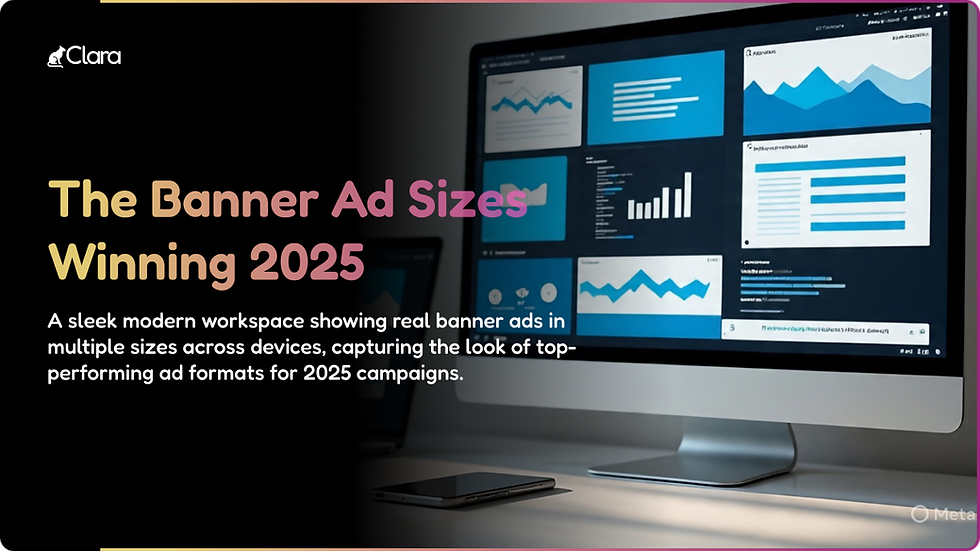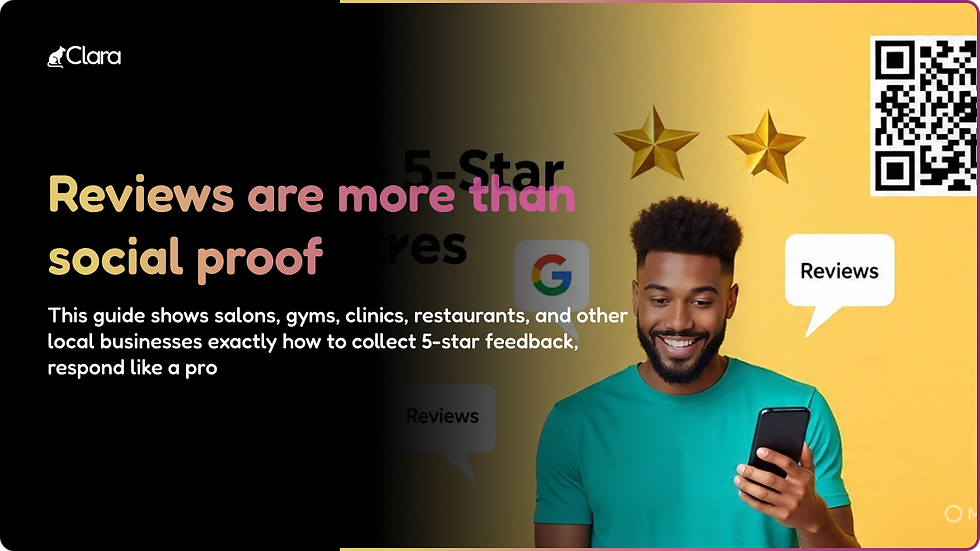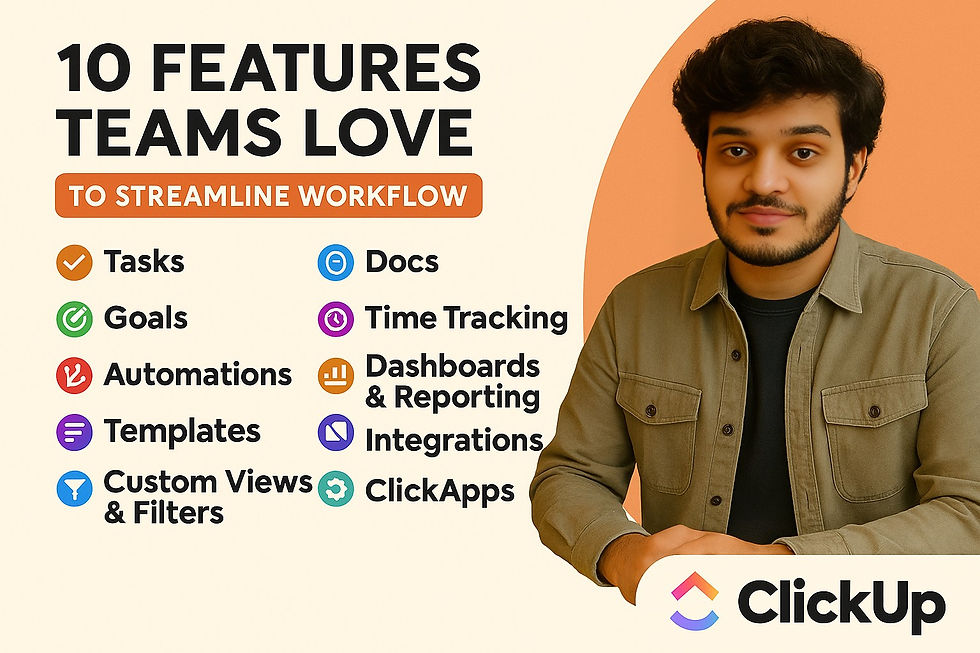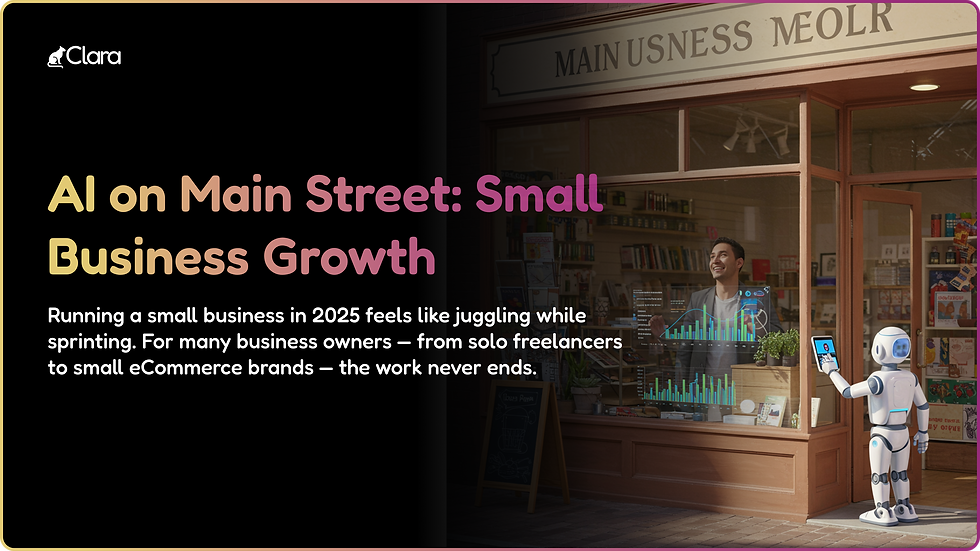- Dravya Bansal
- Nov 7, 2023
- 9 min read
Running just one restaurant is a challenging task in itself, but running multiple restaurants takes it to a whole new level.
According to recent statistics, more than half of restaurants, approximately 60%, don’t survive beyond their first year of operation. By the end of their fourth year, a staggering 80% of new restaurants shut their doors for good.
In this article, we will delve into the challenges faced by restaurant managers in owning multiple restaurants and provide essential tips from experts for achieving success early on.
Key Takeaways
The challenges of managing multiple restaurants are operational complexity, financial management, technology integration, and time and energy demands.
By establishing clear systems, cross-training employees, monitoring brand consistency and leveraging technology, owners can run multiple establishments with little to no hiccups.
Restaurant management technology, with features, such as group-level reporting and advanced inventory management, allows owners to take control of their operations in multiple locations easily.
Successful restaurant owners Cameron Mitchell, David Chang and Danny Mayer say that a “people first” culture and not settling for mediocrity are essential for running profitable restaurant businesses.
How to run multiple restaurants
Focus on one restaurant at a time
When you manage multiple locations, it may seem tempting to spread your attention evenly across all of them. However, focusing on one restaurant at a time can actually yield better outcomes.
According to chef and restaurateur, Bobby Flay, “Nothing goes perfectly, especially when you’re opening a restaurant.” Starbucks also recently revealed its mission statement is, “to inspire and nurture the human spirit – one person, one cup, and one neighborhood at a time.”
Dedicating your time and energy to one location at a time allows you to analyze its performance better, listen to customer feedback, and identify areas for improvement. This focused approach allows you to gain a deeper understanding of what makes each specific restaurant tick.
Furthermore, focusing on one restaurant at a time allows you to solve problems efficiently. Every establishment has its unique challenges, and with your undivided attention, you can swiftly implement tailored solutions to them.
Establish clear systems and processes
Maintaining clear systems and processes in each new restaurant location ensures that everyone is on the same page. From the way dishes are prepared to the way employees interact with guests, having clear guidelines creates a uniform experience that customers can rely on.
To provide a reference point for your staff to follow, put these processes into writing. A training manual or handbook will help new recruits understand the expectations and standards set for your restaurants.
Another benefit of clear systems and processes is that they promote accountability. When everyone understands their roles and responsibilities, holding individuals accountable for their actions becomes easier. Through established guidelines, you can measure performance, provide feedback, and address any deviations from the expected standards.
Cross-train your employees
Cross-training employees means providing opportunities for your staff to learn different roles. This is a great strategy when you have several establishments to manage, as you basically create a workforce that can adapt to various situations.
When your employees are trained in multiple areas, they can step in and fill gaps whenever needed — and in different locations if necessary. Whether it’s a sudden staff shortage, unexpected busy periods, or specific skill requirements, having team members who can switch roles seamlessly ensures that operations continue smoothly.
“A well-run restaurant is like a winning baseball team. It makes the most of every crew member’s talent and takes advantage of every split-second opportunity to speed up service,” says the advertising expert and business owner, David Ogilvy
To implement cross-training effectively, create a structured plan that outlines the different roles and skills your employees will learn. Provide hands-on training and job shadowing opportunities, and remember to recognize and reward your employees for their commitment to embracing new responsibilities.
Delegate responsibilities
As the leader of multiple restaurants, your time and attention are valuable resources. Delegating day-to-day operational tasks to capable team members frees up your schedule to focus on growth strategies, financial planning, and building relationships with stakeholders.
But delegation is not just about offloading tasks — it’s about empowering your team members and fostering a sense of ownership.
When you assign responsibilities to your team members, it shows that you trust and believe in their abilities. This can boost their confidence and motivation, encouraging them to take on new challenges and expand their skill sets.
With increased accountability, your team members become more proactive, diligent, and committed to delivering results.
Monitor your restaurant’s brand consistency
When customers visit any of your establishments, they expect a consistent experience. The quality of food, the level of service, and the ambiance should all be consistent to ensure that they feel confident and know what they’re in for when dining at one of your establishments.
However, brand consistency extends beyond the physical aspects of your restaurants — it also includes communication. Consistent brand messaging across all channels, including social media, websites, and any marketing materials, reinforces your brand identity and values.
Therefore, you should first establish brand guidelines that outline your visual identity, tone of voice, and key messages. Engage your team by providing training to ensure they understand your brand. Involving your staff will help them contribute to maintaining brand consistency because they are the face of your brand.
“A gastronomic restaurant is one of the most complex and demanding [activities] that exists. However, to keep the best quality in every gastronomic standard, it turns out to be only possible if we work with a human team, who are professional, talented, creative and very motivated about our brand philosophy,” says the chef, Carme Ruscalleda
Know what’s happening at your venues at all times
Nowadays, leveraging hospitality technology is important for streamlining your day-to-day operations. Some examples of useful features software for running multiple venues should have, are:
Guest performance reports. You can easily review and compare high-level performance across all your restaurants. These reports provide insights into key metrics such as reservation numbers, guest preferences, and revenue.
Group-level reporting. This means that whether you have two or two thousand restaurants, you can access comprehensive reports that give you an overview of your entire group.
Advanced inventory management features. Excellent for managing multi-unit restaurants. These features help you track ingredient quantities, set par levels, and receive alerts when items need to be replenished.
Reservation and table management. Seamlessly handle online reservations, allocate tables, and manage seating arrangements across your restaurants. With real-time visibility into table availability and guest preferences, you can optimize seating plans, maximize capacity, and provide exceptional customer service.
With a table management platform like Eat App, you can connect the entire customer journey from start to finish, providing you with the tools you need to manage multiple restaurants efficiently.
Keep in touch with all of your employees
Staying connected with all employees and empowering communication is highly beneficial for restaurant owners and helps foster a sense of unity and shared purpose among the teams across different locations.
Regular communication ensures that employees feel connected to the larger organization and its goals, promoting a sense of belonging and loyalty. This can lead to increased employee engagement, motivation, and productivity.
As a restaurant owner, actively engage in communication efforts by regularly visiting each location, interacting with employees, and listening to their feedback.
This hands-on approach demonstrates your commitment to open communication and creates a positive company culture where employees feel comfortable sharing their thoughts and concerns. Even though you can get important data from powerful software solutions, technology shouldn’t replace real-life communication with your staff.
Conduct competitor research
Conducting competitor and market research for every location is crucial for restaurant owners with multiple locations to stay competitive and adapt to the unique dynamics of each market.
Hire local market research experts or engage a professional agency with experience in the specific market to gather data and insights. This ensures that the research is tailored to the local market nuances, including competition, customer preferences, and cultural factors.
Analyze the market size, target demographics, and consumer trends to identify potential opportunities and challenges. It is also important to study the competition extensively, not only by visiting competitor establishments but also by analyzing their online presence, customer reviews, and social media engagement.
Finally, actively engage with the local community and gather direct feedback. Organize focus groups, conduct surveys, or encourage customers to provide feedback through online platforms or suggestion cards. This allows you to gain insights into customer preferences, expectations, and unmet needs specific to each location.
Without conducting extensive research, despite the success of your previous restaurant(s), you may fail. Let’s take a look at Starbuck’s failure in Australia. Even though Starbucks is one of the fastest-growing coffee brands, it didn’t meet the unique taste buds of Australians who don’t like sweet coffee.
“When they launched, they launched too rapidly and they didn’t give the Australian consumer the opportunity to really develop an appetite for the Starbucks brand,” said, Thomas O’Connor, a principal research analyst specializing in consumer industries at Gartner.
Look out for cultural differences
Being mindful of cultural and regional differences is crucial for restaurant owners with multiple locations to successfully navigate diverse markets.
Invest time and effort in understanding the cultural nuances and regional preferences of each location. Conduct thorough research on the local culture, traditions, and culinary customs. This includes studying local ingredients, traditional cooking techniques, and popular flavor profiles.
By doing so, you can ensure that your menu offerings align with the local tastes and preferences. Adapt your recipes and menu items to incorporate local flavors and ingredients, while still staying true to your brand identity. This attention to local culinary traditions not only helps you appeal to the local customer base but also showcases respect for the culture, thereby fostering a positive perception of your restaurant in the community.
Cultural differences can extend beyond taste preferences to include dining customs, meal timings, and even table manners. Understanding these nuances helps create a comfortable and welcoming dining experience for your customers.
McDonald’s had a hard time expanding in India due to numerous cultural and religious differences, according to this study. Researchers said that the most important problem was the ban on beef in India and the majority population being vegetarian.
“The recent problem faced by them is the shift of fast food to vegan food that is encouraging people to avoid eating fried food and animal products. As people are becoming more health conscious, these fast food chains are facing problems”, conclude the management students from India who conducted the research – Shikha Tilwani, Vijesh Patel, Shivangi Singh, Manveer Singh and Nikhil Goyal.
Expert tips from successful owners of multiple restaurants
Cameron Mitchell Restaurants
Cameron Mitchell Restaurants, founded by Cameron Mitchell in 1993, started with a small storefront property in Columbus, Ohio. Despite the competitive restaurant scene, it became a remarkable success.
Cameron Mitchell quickly discovered his talent for developing winning restaurant concepts, leading to the company’s expansion and diversification. Today, Cameron Mitchell Restaurants operates 43 restaurants across the country, including renowned locations in Beverly Hills and New York City.
Cameron Mitchell attributes their remarkable growth and success to a “people first” culture that permeates every level of the organization. It’s not just about hiring great people; it’s about treating them exceptionally well.
Cameron Mitchell Restaurants exemplify the power of prioritizing people and delivering exceptional experiences. Their continued dedication to their employees and customers has followed their growth and solidified their reputation as leaders in the restaurant industry.
David Chang, Momofuku
David Chang built his culinary empire with Momofuku. From a small open kitchen, he delighted diners who eagerly watched as he prepared incredible dishes. Momofuku’s success grew as reviews sparked excitement and helped push the brand to become a global empire with 15 restaurants worldwide.
Despite some initial hurdles, Momofuku Noodle Bar’s dedication to excellence, inviting atmosphere, and affordable prices attracted both fellow chefs and critical acclaim. Since its humble beginnings, the restaurant has consistently drawn crowds, as have its sister establishments.
The Momofuku brand has expanded beyond New York City, with restaurants now in Toronto, Washington D.C., and Sydney, Australia.
When franchising restaurants, Chang emphasizes the value of embracing mistakes as learning opportunities and dedicating oneself to a goal. He firmly believes that life is too fleeting to worry about regrets. His advice is to strive for excellence, even though failures may occur along the way, and avoid settling for mediocrity.
“Aim to be the best, but be prepared to fail – just don’t end up in the middle and settle for mediocrity”, says the owner of Momofuku, David Chang.
Danny Mayer, Union Square Hospitality Group
As the founder and CEO of Union Square Hospitality Group (USHG), Danny Meyer has relied on both his management acumen and culinary creativity to differentiate himself and his team in a highly competitive industry. The concept of “enlightened hospitality” serves as the foundation of their operational model, resulting in a vibrant restaurant empire.
Enlightened hospitality begins with the selection of naturally empathetic individuals to join their staff. USHG invests in its employees’ professional and personal growth, fostering a positive culture that extends to customers and drives repeat business, a crucial factor for sustained profitability.
In the demanding and cost-sensitive New York market, where profit margins are slim, Meyer has opened 18 restaurants and closed only two.“If one of our restaurants closes, I want people to say, ‘Something just went missing in my life’”, says the founder of USHG Danny Mayer.
And, rather than replicating Union Square Cafe in different cities, Meyer has adopted a unique approach. He has expanded by replicating the core values of enlightened hospitality, cultivating a loyal clientele, and generating excitement by creating distinctive menus and atmospheres for each new restaurant.
Meyer’s “51 percent rule” embodies his approach to hiring based on personality. Prospective employees are evaluated and awarded a “hospitality quotient” score, which assesses traits like optimism, warmth, and empathy. Emotional intelligence receives 51 percent of the weighting during the evaluation process, while technical skills account for the remaining 49 percent.
The extra emphasis on emotional intelligence of his workers reflects the belief that certain qualities cannot be taught, but are crucial for success. USHG prioritizes these qualities in its hiring practices.
Conclusion
When managing multiple restaurants, success requires a careful balance of strategy, skill, and dedication. From the insightful wisdom of industry experts like Cameron Mitchell, David Chang, and Danny Meyer, we’ve uncovered essential tips to guide you.



















